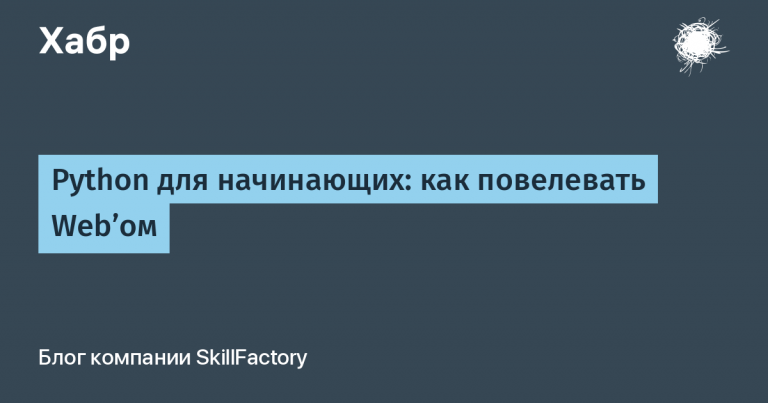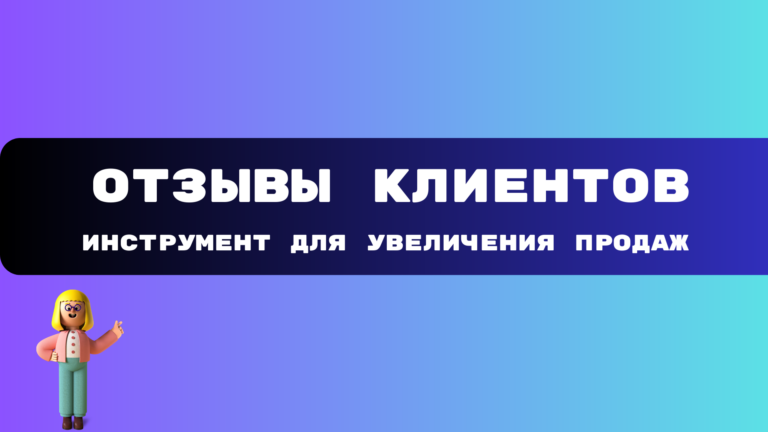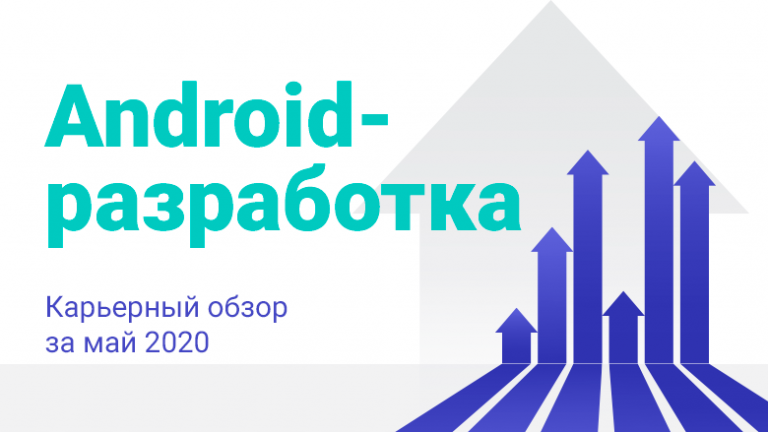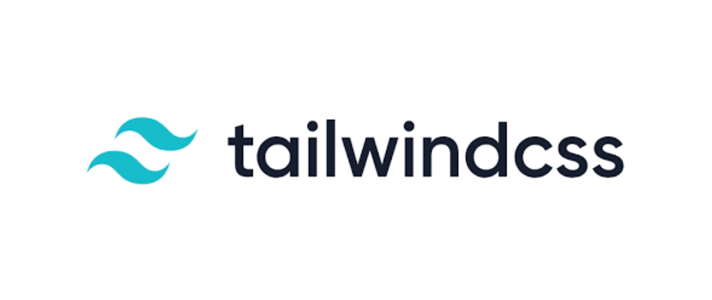project successes and new announcement
In September 2023 passed seventh hackathon Demhack. Then the situation with VPNs, which began to be blocked en masse in Russia through TSPU, was especially alarming. And naturally this topic became central. The second significant area of development suddenly turned out to be tools for identifying propaganda and manipulation in the media and social networks – and as a result of the hackathon we were able to get several excellent projects.
Today we’ll tell you how the best projects develop Demhack 7 (and we’ll make a small announcement new hackathon!). So, how do these tools help, what is their value right now, and what do they plan to develop next?
See through manipulation
One of the winners of the last hackathon was Textgericht project – a solution for checking texts for signs of manipulation, logical errors and hate speech. After the hackathon, the project continued its work and took a name for himself “Through”.
The “Through” system, using artificial intelligence, analyzes news from Telegram channels and identifies manipulations in them, and then issues result as a percentage. It turns out to be a kind of “propaganda thermometer” – an infographic that illustrates the situation online:
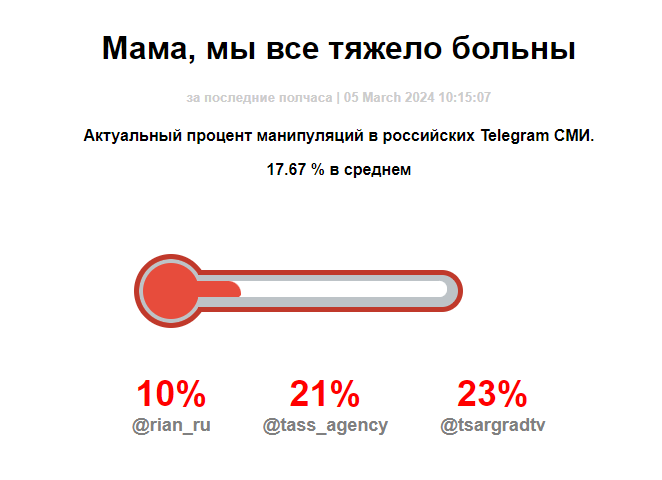
The team is currently developing its own Telegram bot with a personal aggregated news digest, supplemented by an indicator of the level of manipulation. It analyzes news from multiple perspectives, based on methods to automatically identify the main themes and narratives of propaganda.
The technology behind the “Through It” project is automatic text processing or NLP. Primarily uses ChatGPT for advanced analytics with detailed explanations of responses. But the team also has models that are faster and cheaper to operate, which were created through self-training of the Transformer neural network. They can determine with high accuracy (~80%) whether a text contains propaganda or not.

Screenshot from the project website informalFor training models, open data from scientific conferences is used (for example, SemEval 2023), as well as the data that the team collected and labeled itself. The project corpus contains 2800+ sentences, divided into 6 classes of manipulations (logical errors and distortion, demonization of the enemy, emotionally charged language, appeal to tradition, justification for war, black and white thinking). The quality of the markup is comparable to scientific publications in this field.
First of all, the product is designed for professionals: it can be used by journalists and researchers, news aggregators to determine the quality of information, teachers of special courses and educational initiatives. Among the partners of “Through It” are “NeNorma”, TrueStory, AskRobot and other projects.
It is also important that the resource helps in private life, for example, in discussions with people, in order to convincingly show the scale of manipulation in various media, as well as for self-control and checking your texts.
Already now the system can simultaneously analyze thousands of texts with very high accuracy rates. However, at this stage, “Through It” cannot check texts for the factual accuracy of information or do fact-checking. The system cannot cope with the specific language of messages, jargon and sarcasm, or the informal style of the text. This is a possible direction of development.
Another existing limitation is working with texts only in Russian. Nevertheless, experts say that, for example, the components of a binary assessment (there is propaganda/no propaganda) are quite easily transferred to other languages, and this is also a task for the future. The team will be happy to cooperate: you can try the model on a personal selection of texts or work directly with the corpus Here (password: tester).
Resist fake reality
After the hackathon, another winner of Demhack 7 continues his work – “vox-harbor” project. He studies cheating of votes and bot activity in Telegram. The project explores the phenomenon of creating artificial opinion.
The team’s arsenal includes modern tools such as Clickhouse, Grafana, etc. They are needed to detect manipulation of public opinion (astroturfing) on social networks and platforms, in particular Telegram, using the method of analyzing a large volume of open data to identify bot activity .
The team has created a large distributed parser that checks Telegram channels for fake reactions under messages, votes in polls and comments under posts. The information collected inside the messenger is loaded into the ClickHouse database, where it is analyzed. Comments are studied using fine-tune rubert. Identical comments are grouped using algorithmic methods, making it possible to identify automatic Kremlin bots and Kadyrov bots.
The “vox-harbor” project already has a convenient interface to view channel research results. If the channel is large enough (from 100 thousand subscribers), then most likely it has already been included in the project analysis sample and the results are available on the website.
Bot detection:

The team’s future plans include: identifying bots with complex behavior (trolls who write atypical comments according to training manuals), expanding to other social networks (for example, tracking VKontakte cheats), as well as actively working with the media (providing them with analysis results for publications).
The project is ready to cooperate with telegram channels. Administrators can make a request and receive poll and reaction graphs reflecting the percentage of bots in the channel.
You can monitor the progress of the project in their telegram channel or in blog Online.
Bringing out trolls
In the context of solutions to counter artificial public opinion, we will also mention the project “Botnadzor” (formerly “The Chef’s Trap”).
Bots are an important component of propaganda, which allows you to distort the true picture of public reaction to current events, shift the focus to secondary events, and make the activities and opinions of people with a point of view alternative to the official one less visible. This is why it is so important to study this phenomenon and reveal its mechanics to people.
Since 2019, the Botnadzor project team has been developing a tool to combat bots on social networks. Its methodology is based on the analysis of user behavior, including group behavior. The goal of the project is to counter the erosion of public opinion and misleading the audience.
At the moment, the tool can only be used on VKontakte, the largest Russian social network, where tens of thousands of active bots are concentrated, which are centrally managed to promote the desired agenda. During my time working on the project, I was able to detect dozens of bot farms consisting of hundreds and thousands of fake profiles.
The team monitors activity in popular VKontakte public pages to replenish the database of known bots. The collected evidence for each specific case is public.
Social network users can check any suspicious profile through website or telegrambots project. You can install a special script into the browser, and then in real time the comments and likes of confirmed bots will be highlighted in the interface of the vk.ru website. The project sees its mission as to reveal each group of fake commentators and convey the fact of manipulation to as many users as possible.

The project is important for researchers and journalists, as it can provide information about massive scams, as well as about the agenda that is currently being “worked out” on VKontakte – for example, this can happen with the aim of minimizing public outcry or shifting people’s attention from news that is undesirable to the authorities. In addition, it was possible to collect a unique set of data that is useful not only for our contemporaries, but also for future historians. Leading media outlets use Botnadzor data: Guardian, F.T., CNN, Layout and etc.
The team plans to scale the project to other platforms, and also create a more convenient interface for users, develop functionality for analytics, and conduct and publish analytical studies.
Get access to real information
Project easyXray At first it was called laconically – “418”. The problem he worked on at the Demhack 7 hackathon was suggested by colleagues from OVD-Info.
The problem is that nonprofits and civic initiatives have difficulty implementing and managing their own VPN servers for their teams. Available options like Outline are not block-resistant. While more complex solutions with traffic masking are difficult to configure. It was necessary to analyze various approaches to solving this problem (for example, server routing, client exceptions, dynamic selection of the desired server) and develop a convenient tool for managing these settings.
At the hackathon, the developers created a VPN server with an integrated management system and smart routing. The project was among the winners.
After the hackathon the team continued work on the project. Now this is a well-thought-out Docker-based solution that uses the secure XTLS-Reality protocol and includes 3X-UI and Telegram bot containers for adding/removing users, issuing configuration links for connecting to a VPN, as well as for receiving instructions for connecting and setting up clients on major platforms.

easyXray is a blockage-resistant solution. It will be convenient for users who already deal with systems such as Linux – in general, it is suitable for anyone who knows how to copy/paste a command into the console and some additional things, such as creating a bot in Telegram, and also has a VPS or PC for a VPN server .
The difference from the basic version of 3X-UI is that users and administrators do not need to interact with the 3X-UI interface to connect to the VPN and manage accounts. The solution is designed for the simplest possible installation on a VPS or personal server on Linux (with one command in the console).
Create something new right now!
The winners of last year's autumn hackathon continue to work successfully. Meanwhile, we are gathering teams for a new hackathon!
Demhack 8 will pass from March 29 to March 31, 2024 in an online format and will bring together IT specialists, activists and Internet researchers. Registration of participants is open until March 18, 2024 (inclusive). The hackathon prize fund is 1200 USDT, and separate cash prizes from partners are also announced. Selected teams will have the opportunity to undergo an acceleration program in Privacy Accelerator and receive grant support.

The main theme of the seventh hackathon is the study of censorship and new ways to access information.
The hackathon will become a platform for uniting the efforts of Russian-speaking specialists. It opens up opportunities to implement projects in the field of a free Internet. It also sets itself the task of attracting people's attention to pressing issues in the field of digital rights around the world.
DemHack 8 is the eighth hackathon of challenges in the field of privacy and Internet freedom. It is held every six months starting in 2020. Its goal is to support the spirit of the community and give professionals the opportunity to realize their ideas for the benefit of people around the world, protect the rights to privacy and access to information.
Register for website until March 18, 2024 inclusive! And good luck! 😉

